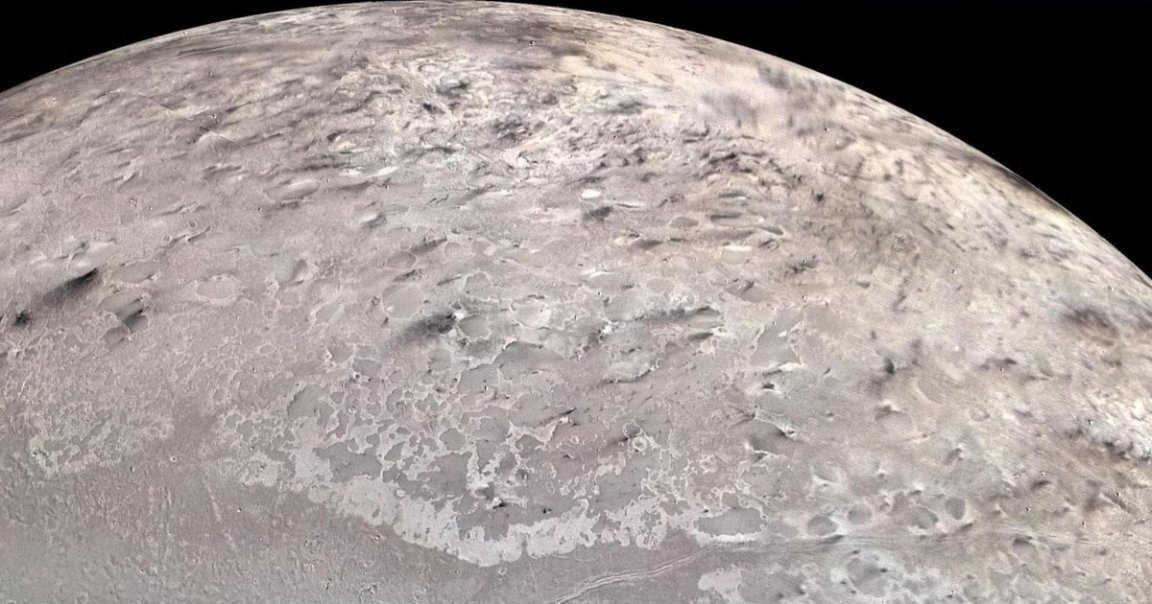
Ocean Worlds
We’ve learned a lot about Neptune’s largest moon, Triton, since it was first discovered in 1846. Some scientists believe it could be an “ocean world” with liquid water — and maybe even harbor life.
And now, pending approval, we might soon get our best glimpse yet. NASA’s Jet Propulsion Laboratory proposed on Tuesday at a conference in Texas to send a spacecraft called “Trident” to Triton — with the goal of sussing out whether it’s a habitable world.
Low Cost Mission
Rather than spending billions of dollars, the proposed spacecraft called Trident aims to keep costs low — roughly the “price of a small mission to the moon,” in the New York Times’ reckoning.
“The time is now to do it at a low cost,” said Louise Prockter at Tuesday’s Lunar and Planetary Science Conference in Texas, director of the Lunar and Planetary Institute in Houston and the principal investigator of the proposed mission. “And we will investigate whether it is a habitable world, which is of huge importance.”
Along with a Triton flyby, Trident would also visit Jupiter’s moon Io and stop by Venus — it’s been almost twenty years since NASA’s Cassini-Huygens spacecraft visited the second planet from the Sun.
Video Killed the Radio Star
The last good look we got of Neptune was during a 1989 flyby of NASA’s Voyager 2 — the first time any spacecraft had ever done so.
“We are comparing with the Voyager encounter in 1989, which was built on early 1970s technology, essentially a television camera attached to a fax machine,” said Karl Mitchell, the proposed mission’s project scientist, as quoted by the Times.
READ MORE: Neptune’s Moon Triton Is Destination of Proposed NASA Mission [The New York Times]
More on Neptune’s moons: Meet Hippocamp, “The Moon That Shouldn’t Be There”